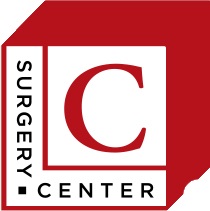Pain Stimulator Insertion (Spinal Cord Stimulation)
Spinal cord stimulation (SCS) creates an electrical field over the spinal cord, which blocks pain that comes from damage to the nervous system. These systems have either an internal or external source of power that sends an electrical pulse through a rubber antenna worn by the patient on top of the skin over an implanted receiver.
What to expect
Initially this procedure is done on a trial basis, with a permanent implant put in if the outcome is positive. This outpatient procedure is generally performed under light sedation or occasionally general anesthesia. The stimulator is implanted under the skin of the abdomen and small, coated wires—called leads—are then inserted under the skin with a needle to the point they are inserted in the spinal canal. When the leads are in the optimum location, they are connected to a portable, external generator.
During the trial, the patient will take notes to track how well the stimulator handles the pain. If the trial is successful, a permanent implant procedure is scheduled. The permanent implantation requires a relatively short surgical procedure, about 1 to 2 hours, under light sedation or general anesthesia. The generator will be placed in the area of the body that the patient and the doctor have agreed upon. Leads will be placed along the spinal cord and attached to a generator and bandages will be applied over the implant.
How to prepare
It is recommended that patients on a blood thinner, like aspirin, stop at least a week before the procedure. The patient’s ability to clot blood will also be checked prior to the procedure to prevent excessive bleeding. Patients will be expected to not eat and limit drink to clear liquids for at least six hours before the procedure. Loose clothing is recommended for ease of dressing after the procedure, and arrangements should be made for a ride home.
